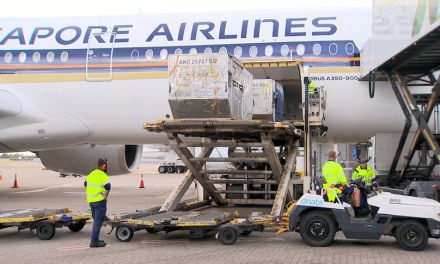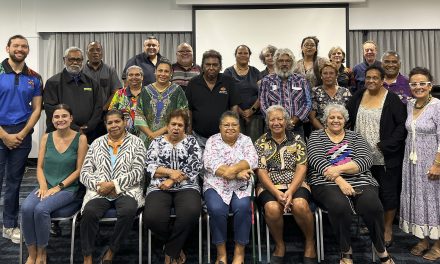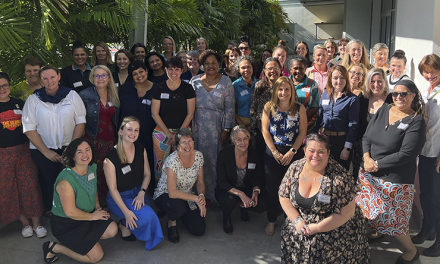QAIHC Public Registrar Shamila Ginige provides insights into the National Trachoma Stakeholders Workshop in Sydney, which she recently attended. Trachoma is the leading infectious cause of blindness in the world.
Preventative health strategies and improving environmental wellbeing were two key priorities in the race to eradicate trachoma at the National Trachoma Stakeholders Workshop in Sydney in November.
The workshop brought together representatives from the health sector, as well as those from environmental health and housing for the first time to discuss measures to eradicate the contagious eye condition.
Trachoma is a disease of the eye caused by infection with the bacterium, Chlamydia trachomatis. Australia is the only high-income country in the world where trachoma is still endemic.
It occurs primarily in remote and very remote Aboriginal communities in the Northern Territory, South Australia, and Western Australia.
Trachoma is strongly associated with substandard living conditions and sanitation. Crowding in households, limited water supply for bathing and general hygiene, and inadequate waste disposal systems have all been associated with trachoma prevalence.
Presenters discussed the following topics:
- The SAFE acronym (surgery, antibiotics, facial cleanliness, and environmental health) that has been adopted by the World Health Organisation (WHO) for trachoma control should be flipped to ‘EFAS’, with an emphasis on environmental health and promoting better hygiene over more acute strategies like antibiotics and surgery.
- The definition of overcrowding only takes into consideration the number of bedrooms in a house. This often results in management strategies recommending additional bedrooms, when solutions should be focused on the number of wash facilities, entry points and maintenance of health hardware.
- Government housing departments outlined the complexities of building and repairing houses in remote communities. It can cost around $825,000 just for materials and trades to build a new house in a remote community due to poor access and long distances.
- Success stories from other states were discussed e.g. in Western Australia, diagnosed environmental health-related conditions triggered environmental health referrals. A team of officers from environmental health and housing departments would visit the family’s home, with consent, and perform a ‘healthy home’ assessment to fix minor issues and log jobs that require further trades. They also provided mobile laundry services and basic home and hygiene packs to the families.
- Environmental health-related conditions include impetigo, scabies, rheumatic heart disease, acute post-streptococcal glomerulonephritis, otitis media and trachoma. Some presenters proposed a single roadmap for preventable health strategies, addressing common environmental health factors, would be more beneficial than having separate roadmaps for each environmental-related health condition.










